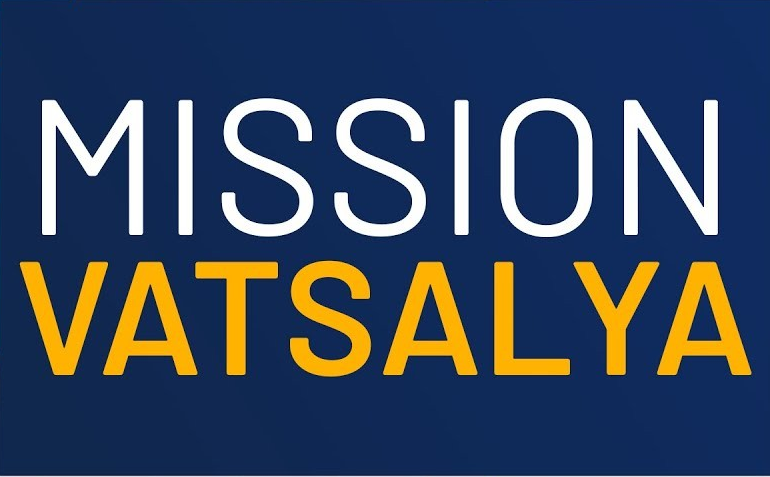Bhubaneswar, July 24 (UNI) The Odisha Government today announced its decision to implement the Central Government’s Mission Vatsalya scheme (referred to as “Mission Year Scheme” in earlier drafts) aimed at strengthening child safety and welfare across the state.
The decision was taken during a meeting of the State-Level Child Safety and Welfare Monitoring and Review Committee, chaired by Chief Secretary Manoj Ahuja.
Director of Women and Child Development, Monisha Banerjee, presented a detailed overview of the various institutional mechanisms currently functioning in the field of child protection.
Key institutional frameworks discussed include:Central Mission Vatsalya Approval Council Central Project Monitoring Unit State Child Protection Committee State Adoption Resource Agency (SARA) State-Level Monitoring Committees for service delivery Three-tier Child Welfare Committees at State, District, and Village/Panchayat levels Odisha currently has 30 District Child Protection Units (DCPUs),31 Child Welfare Committees (CWCs),34 Juvenile Justice Boards, 36 Special Juvenile Police Units, 220 Child Care Institutions (CCIs)
Approximately 8,150 children are being cared for in institutional settings, while 6,317 children are receiving care through non-institutional means.
The state operates 160 Children’s Homes,33 Special Adoption Agencies,12 Open Shelter Homes,7 Observation Homes and 7 Special Homes Among the institutionalized children, 98 pecent have Aadhaar registration. Notably, 672 children have enrolled in technical education programs, 8,130 have completed training across 264 vocational courses, 211 have secured employment, and 79 have become self-employed.
The meeting highlighted several best practices, including: Mental health care for traumatized children,Smart education initiatives through e-learning and Video conferencing facilities for juvenile court hearings To enhance accessibility, child-related emergency services have been integrated: Child Helpline (1098), Women Helpline (181), and Emergency Response (112).
Principal Secretary of Women and Child Development, Shubha Sharma, reported that over 51,000 children have benefited under the Dabhu Yojana, receiving various forms of support.
Discussions also included proposals for setting up Child Help Centers at railway stations and bus stands. Chief Secretary Ahuja emphasized the need for strengthening both formal and informal child protection mechanisms through inter-departmental collaboration.
He urged district-level institutions to be more proactive and to improve supervision and responsiveness to child safety concerns.





